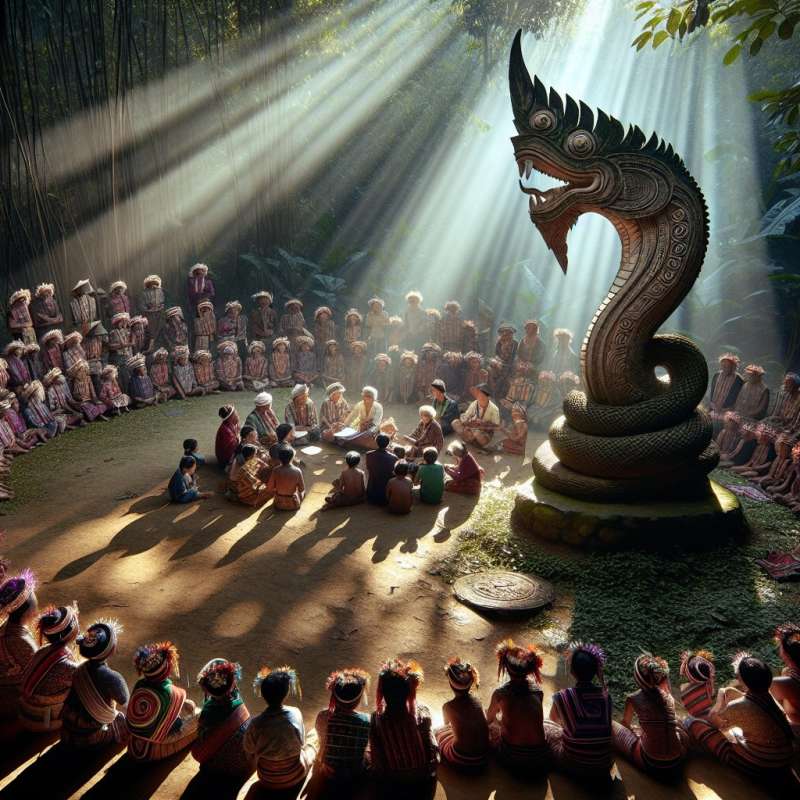
Introduction to Naga Mythology
Nagaland, a state in Northeast India, is home to various tribes with unique mythologies. These ancient tales encompass creation, morals, and natural phenomena, deeply influencing the Naga culture and identity.
Creation Myths Explored
Many Naga tribes share a creation narrative involving the breaking of a giant gourd or egg, symbolizing the world's origin. Each tribe adapts the story, imbuing it with its own cultural nuances.
Tribal Spirits and Deities
The Naga pantheon consists of tribal spirits and deities. Among them, the most revered are nature spirits, ancestors, and household gods, which are believed to influence daily life and natural events.
The Hornbill in Lore
The Hornbill bird holds significant importance in Naga mythology, symbolizing the free spirit and beauty of life. It's often depicted in tribal folklore, dances, and art, representing tribal unity.
Festivals and Myths Intertwined
Naga festivals like Hornbill and Aoling are steeped in mythological significance. These festivals celebrate agricultural cycles, forefathers, and deities, bridging the mythical past with the present.
The Tale of Jina and Etiben
A heartbreaking love story akin to Romeo and Juliet, Jina and Etiben's tale from the Konyak tribe speaks of love, sacrifice, and feuding families, and is a foundation for many Naga cultural expressions.
Mythological Impact
Naga mythology is not mere folklore; it shapes the tribal laws, customs, and artistic expressions. These myths are central to the Naga way of life, preserving a rich heritage for future generations.
What symbolizes the world's origin?
Breaking of a mountain
A giant gourd or egg
Emergence from the sea
Company